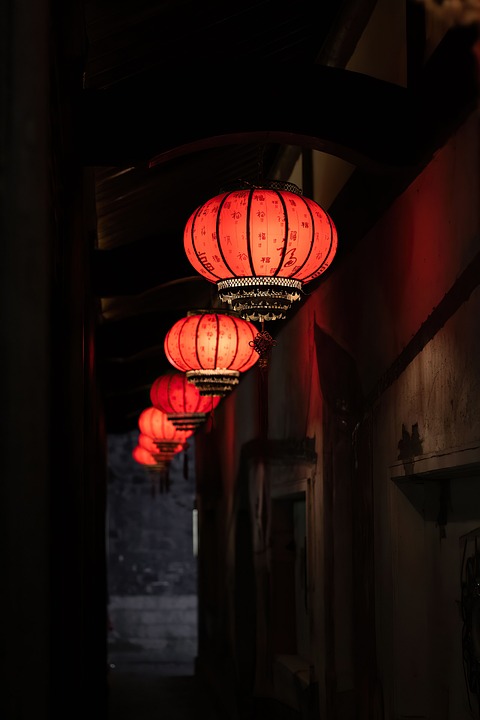DIY Plumbing: How to Install Fittings Safely and Easily
Plumbing is an essential part of any home, and being able to do DIY plumbing projects can save you time and money. One common aspect of DIY plumbing is installing fittings, such as couplings, elbows, and tees. Whether you are replacing old fittings or adding new ones to expand your plumbing system, it is important to do so safely and correctly. Here are some tips for installing fittings safely and easily.
1. Gather the necessary tools and materials
Before you start, make sure you have all the tools and materials you need for the job. This may include pipe wrenches, adjustable wrenches, pipe cutters, Teflon tape, and the fittings themselves. It’s important to use the right tools, as this will make the job much easier and ensure a secure and leak-free installation.
2. Measure and prepare the pipes
Before installing the fittings, you need to measure and prepare the pipes. Use a pipe cutter to cut the pipes to the required length, and then smooth the edges with a file to remove any burrs. It’s important to make sure the ends of the pipes are clean and smooth before installing the fittings.
3. Use Teflon tape or pipe dope
When installing fittings, it’s important to use Teflon tape or pipe dope to create a seal between the fitting and the pipe threads. This will help prevent leaks and ensure a tight connection. Apply the Teflon tape in a clockwise direction around the male threads of the pipe, overlapping the tape as you go. If using pipe dope, apply a thin layer to the male threads of the pipe before screwing on the fitting.
4. Tighten the fittings
Once the Teflon tape or pipe dope has been applied, you can then screw the fittings onto the pipes. Use a pipe wrench or adjustable wrench to tighten the fittings, but be careful not to over-tighten them as this can damage the threads and lead to leaks. It’s important to achieve a secure and snug fit, but without using excessive force.
5. Test for leaks
After installing the fittings, it’s important to test for leaks. Turn on the water supply and check for any signs of water leakage around the fittings. If you do find a leak, you may need to tighten the fittings further, or reapply Teflon tape or pipe dope. It’s important to ensure there are no leaks before considering the job complete.
In conclusion, installing fittings safely and easily is an important part of DIY plumbing. By following these tips, you can ensure a secure and leak-free installation. However, if you are unsure or uncomfortable with the process, it’s always best to consult a professional plumber to avoid potential problems down the line. Whether you are a seasoned DIY enthusiast or new to plumbing projects, taking the time to install fittings correctly is essential for the overall integrity and longevity of your plumbing system.

